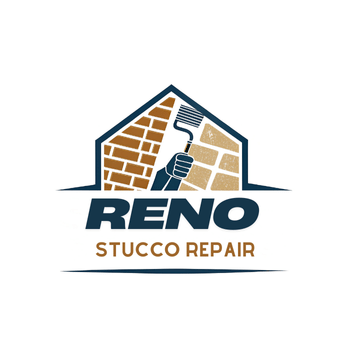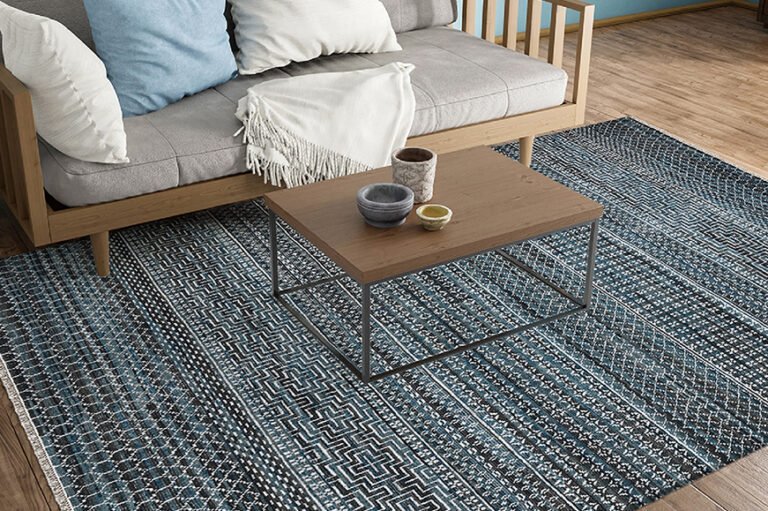In construction and building, the performance of a project depends heavily on the reliability of its components. From fasteners and brackets to custom hardware, the choice of manufacturing process can determine strength, precision, cost, and long-term durability. Two processes often considered for producing metal parts at scale are Metal Injection Molding (MIM) and Die Casting. While both shape metal into complex forms, they differ in materials, mechanics, and applications. Understanding these differences helps construction professionals make informed choices that balance quality, performance, and cost.
What Is Metal Injection Molding (MIM)?
Metal Injection Molding is a composite technique that merges plastic injection molding with powder metallurgy. Ultrafine metal powders are blended with a binding agent to form feedstock, which is subsequently injected into a mold under significant pressure. Following molding, the binder is extracted, and the piece undergoes high-temperature sintering, resulting in a compact, fully solid metal part.
Key advantages of MIM:
- High precision: Able to manufacture miniature, complex forms with precise dimensional accuracy.
- Material options: Works with a wide range of metals, including stainless steel, titanium, and specialty alloys.
- Near-net-shape: Minimizes or removes the need for additional machining, cutting down on both time and manual effort.
For construction, MIM is especially valuable when producing small but critical parts like locking mechanisms, hinges, or specialty connectors that demand accuracy and corrosion resistance.
What Is Die Casting?
Die casting involves injecting molten metal, typically aluminum, zinc, or magnesium, into a hardened steel mold under high pressure. After the metal hardens, the mold separates, releasing the finished component. This process has been a mainstay in manufacturing for decades, producing everything from automotive housings to building hardware.
Key advantages of Die Casting:
- Speed and efficiency: High-volume production with rapid cycle times.
- Excellent surface finish: Produces smooth, detailed parts with minimal finishing.
- Strength-to-weight ratio: Especially effective with lightweight alloys like aluminum and magnesium.
In the construction sector, die casting is widely used for producing door handles, window frames, electrical housings, and other mid-to-large-sized components where consistency and durability matter.
Comparing Metal Injection Molding and Die Casting
While both processes create metal components, the choice between them depends on part design, performance requirements, and budget.
1. Material Range
MIM: Excels with stainless steels, nickel alloys, and titanium—ideal for parts needing corrosion resistance and mechanical strength.
Die Casting: Typically limited to aluminum, zinc, and magnesium, which are lightweight and strong but less resistant to extreme corrosion without coatings.
2. Part Size and Complexity
MIM: Ideally suited for compact, finely detailed parts featuring intricate designs. Large parts are impractical due to shrinkage during sintering.
Die Casting: Suited for larger parts, often up to several kilograms, with less intricate detail compared to MIM.
3. Surface Finish and Tolerance
MIM: Achieves very tight tolerances, often eliminating the need for post-machining.
Die Casting: Produces smooth surfaces but may require machining for precision fits.
4. Production Volume and Cost
MIM: More cost-effective for high-value, small, complex parts, especially when machining would be too expensive.
Die Casting: More economical for medium to large parts at high production volumes due to its speed.
5. Strength and Performance
MIM: Creates nearly full-density parts, with mechanical properties close to wrought metals.
Die Casting: Parts can be strong but may contain porosity, affecting load-bearing performance in certain conditions.
Practical Applications in Construction
MIM in Construction: Precision parts in locking systems, specialty fasteners, and safety devices where small tolerances and material strength are non-negotiable.
Die Casting in Construction: Large-volume parts like window hardware, electrical components, and architectural fittings where consistent dimensions and durability are priorities.
By aligning material selection with application needs, construction professionals can maximize both performance and cost-efficiency.
Choosing the Right Process
The decision between Metal Injection Molding and Die Casting depends on three key questions:
- What size and complexity does the part require?
- What performance characteristics (strength, corrosion resistance, tolerance) are most critical?
- What production volume and budget are available?
If your project requires small, complex parts with demanding strength requirements, MIM is likely the better choice. If you need larger components in high volumes with a strong surface finish, die casting delivers faster and more affordably.
Final Thoughts
In the construction and building industries, the choice between Metal Injection Molding and Die Casting is not one-size-fits-all. Each method offers unique strengths that align with different project requirements. By understanding how these processes differ—and where they excel—professionals can specify the right parts, reduce waste, and ensure long-term structural reliability – toko baut.



